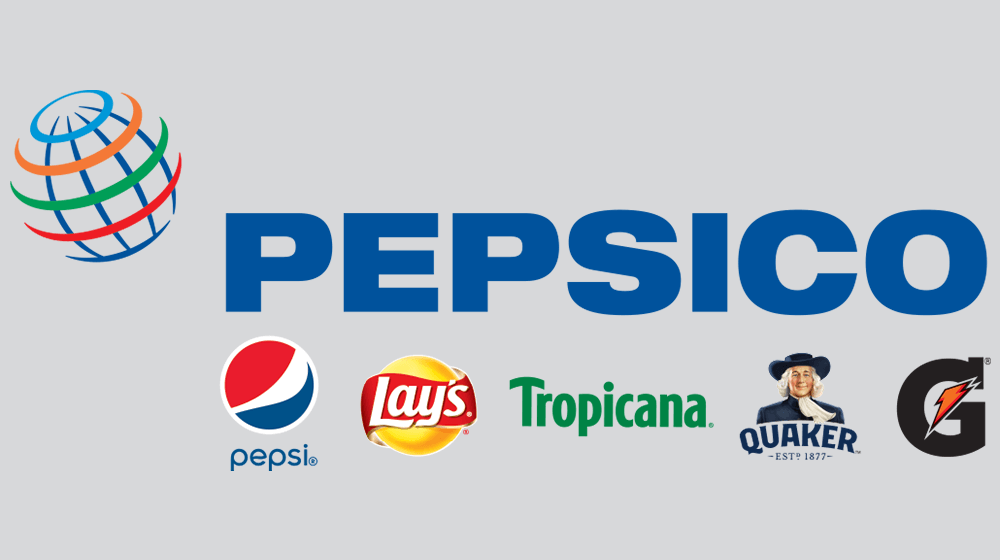Consumers who relied on e-commerce websites when the pandemic hit are likely to visit them for vacation shopping, Criteo discovered in its “Peak to Recovery” survey of over 1,300 US consumers in May.
The advertisement tech company found that throughout the initial COVID outbreak, 39% of consumers purchased from online shops for the very first time, 33% found merchants they never heard of in the past, and practically 85% planned to continue buying from the new shops they discovered.
David Fox, Chief Commercial Officer of Criteo, told EcommerceBytes that in June, online retail sales were 30% greater in the U.S. compared to pre-pandemic averages. Consumers ended up being more familiar and accustomed to the benefit of their go-to e-commerce websites, resulting in brand-new minutes of discovery for customers, he stated, such as being exposed to new methods of shopping –– social commerce, for example, or discovering news brand names that fit their needs.
As some consumers turned their homes into makeshift gyms and workplaces or stocked-up on products for brand-new hobbies, such as gardening or arts and crafts, eCommerce showed to be a practical and safe method to assist them in a change to the brand-new lifestyle.
“Customers have grown accustomed to the benefit e-commerce offers,” Fox stated. “Now more than ever, consumers are open to change.”
New realities likewise mean a much earlier holiday shopping season, with retailers rolling out deals faster than years prior to replacing deal-hunting when in-store, he stated. “Shopper loyalty will likewise be a significant aspect for retailers and brands to keep a close eye on this holiday as many consumers have found brand-new brand names and sellers during the quarantine.”
Square also sees consumer behavior change. The payments firm stated buyers will continue to anticipate more choices in how they shop –– “Even as cities resume, consumer belief and habits will vary, with many still preferring curbside pickup and shipment.”
Typically people are resistant to alter, but lockdowns, shelter-in-place orders, and quarantines positioned online platforms as the most hassle-free and most safe method to acquire items and fundamentals, stated Chris Dessi, Vice President of Americas and Australia at Productsup, which assists merchants to manage their item feeds throughout platforms and channels.
Consumers are ending up being more familiar with utilizing online ordering and curbside pickup, and even house delivery. “The forced reliance on e-commerce is pressing consumers to welcome change, which will have long-lasting results,” Dessi stated. “As companies put efforts into improving their online existence and client experience, consumers will be even more pleased with the offerings, and e-commerce will continue to flourish.”
Research company Accenture also predicted in August that the current rise in digital and omnichannel adoption, especially amongst new or irregular users, would continue. Customers are likewise striving to shop in your area, mindfully and cost-consciously, it said.
“Fifty-six percent of customers are shopping in neighborhood stores or purchasing more locally sourced products, with 79% and 84% respectively preparing to continue with these habits into the longer term,” according to the report on Accenture.com. “Factors for this differ from actively supporting regional stores or nationwide products, or a quest for authentic and artisan items.”
Square kept in mind that sellers have likewise adjusted to the pandemic challenges. “Small companies have actually pivoted organization designs, constructed online operations, and have even started offering brand-new items to stay ahead,” the business stated.
And even though Criteo’s survey discovered that participants prepared to keep acquiring from brand-new online shops they found during the early days of the pandemic, Fox stated online marketers will need to stay connected with consumers throughout their entire shopping journey or danger being forgotten about when competitors start running their own vacation promos.
“General, brands need to understand who their new customers are originating from the pandemic as consumer habits will look completely various this year versus last –– and change their holiday shopping strategy to reflect these modifications,” he said.














